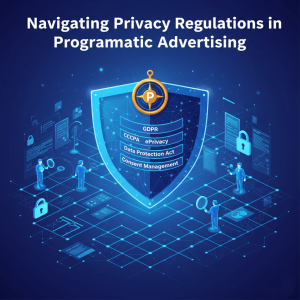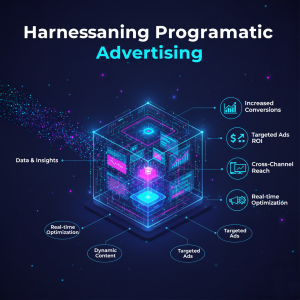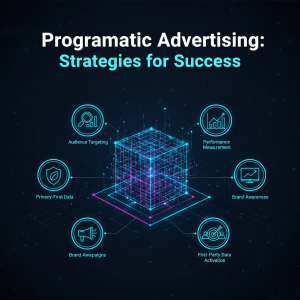Programmatic Advertising in a Cookieless World: Strategies to Thrive in Privacy-First Marketing

As third-party cookies disappear from major browsers, programmatic advertisers face a fundamental shift: how to maintain precision targeting and personalization without relying on legacy tracking methods. This transition to a privacy-first landscape is more than a challenge—it’s an opportunity to build stronger consumer relationships, leverage reliable data sources, and adopt innovative technologies. In this article, we’ll explore proven strategies to succeed in programmatic advertising as the cookieless era unfolds.
Understanding the Cookieless Era

Major industry changes—such as Google Chrome’s phase-out of third-party cookies, stricter regulations like GDPR and CCPA, and increasing consumer concerns over data privacy—have accelerated the demise of traditional tracking. Advertisers can no longer depend on cookies for cross-site audience identification. Instead, brands must pivot to sustainable, privacy-compliant solutions that respect user consent and regulatory requirements while preserving campaign effectiveness.
Leveraging First-Party and Zero-Party Data
First-party data—information a brand collects directly from its audience—is the cornerstone of cookieless programmatic advertising. Zero-party data goes further, involving explicit user-provided insights, preferences, and intentions. By investing in robust data collection methods—such as preference centers, interactive quizzes, and loyalty programs—marketers can gather valuable, consent-driven data. This approach not only ensures compliance but also enhances personalization and customer trust.
Embracing Contextual Targeting
Contextual targeting has regained prominence by matching ads to relevant content environments based on page context rather than user history. Advances in natural language processing (NLP) and AI-driven semantic analysis allow for precise placement without cookies. By analyzing page topics, sentiment, and brand safety parameters in real time, contextual solutions deliver highly relevant ads that resonate with audiences while sidestepping privacy concerns.
- Semantic content analysis powered by AI
- Dynamic keyword and sentiment scoring
- Brand safety filters and category exclusions
- Real-time context updates
Adopting Privacy-First Identifiers
To bridge the gap left by cookies, industry initiatives have introduced privacy-safe identifiers and interoperable IDs, such as Unified ID 2.0, LiveRamp RampID, and ID5. These hashed, encrypted identifiers rely on authenticated login or hashed email addresses, with explicit user consent. By integrating these solutions, advertisers can achieve cross-site targeting and measurement while adhering to privacy guidelines.
Implementing Server-Side Tracking and Clean Rooms
Server-side tracking shifts data collection from the user’s browser to secure server environments, reducing exposure to ad blockers and increasing data reliability. Additionally, data clean rooms—encrypted environments where brands and platforms can match and analyze shared data without exposing raw details—unlock collaborative audience insights while maintaining privacy. These technologies are instrumental in cookieless programmatic ecosystems.
Exploring Cookieless Channels: CTV and DOOH

Connected TV (CTV) and digital out-of-home (DOOH) advertising offer inherently cookieless channels that leverage device-level or location-based targeting. With programmatic CTV, advertisers can reach audiences on streaming platforms using aggregated household data. DOOH uses geofencing and mobile device graphs to deliver contextually relevant outdoor ads. Both channels complement digital display and enable omnichannel campaigns free from cookie constraints.
Measuring Success in a Cookieless World
Traditional cookie-based attribution models become less reliable in a cookieless environment. Advertisers should adopt privacy-compliant measurement frameworks such as media mix modeling, incrementality testing, and aggregated post-impression analytics. These approaches provide holistic campaign insights without exposing individual user paths. Additionally, invest in advanced analytics dashboards that integrate first-party data, server logs, and offline conversions for end-to-end performance visibility.
Conclusion
The cookieless future of programmatic advertising demands a strategic shift toward privacy-first practices, diversified data sources, and innovative technologies. By embracing first- and zero-party data, contextual targeting, privacy-centric identifiers, and advanced measurement methods, advertisers can maintain precise targeting and drive ROI while respecting consumer privacy. The transition is an opportunity to strengthen brand-consumer relationships and build a more sustainable advertising ecosystem.





